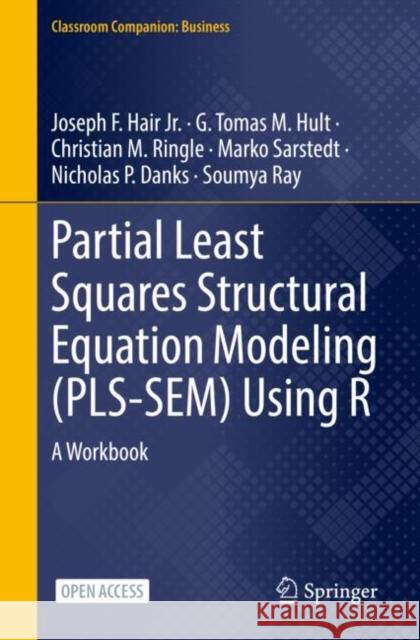Partial Least Squares Structural Equation Modeling (Pls-Sem) Using R: A Workbook » książka
topmenu
Partial Least Squares Structural Equation Modeling (Pls-Sem) Using R: A Workbook
ISBN-13: 9783030805180 / Angielski / Twarda / 2021 / 201 str.
Kategorie:
Kategorie BISAC:
Wydawca:
Springer Nature Switzerland AG
Seria wydawnicza:
Język:
Angielski
ISBN-13:
9783030805180
Rok wydania:
2021
Wydanie:
2021
Numer serii:
000962575
Ilość stron:
201
Waga:
0.47 kg
Wymiary:
23.39 x 15.6 x 1.27
Oprawa:
Twarda
Wolumenów:
01
Dodatkowe informacje:
Wydanie ilustrowane











